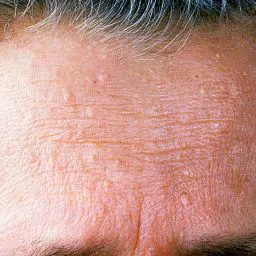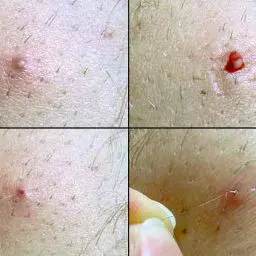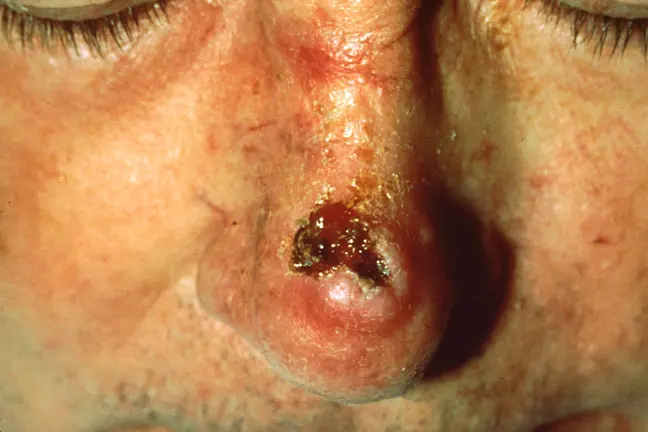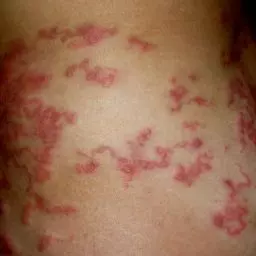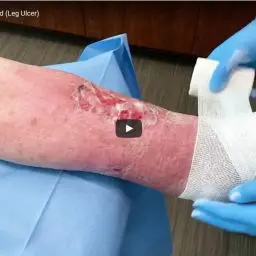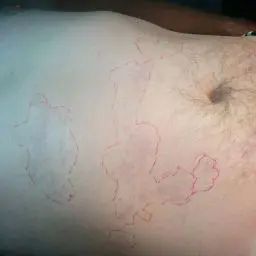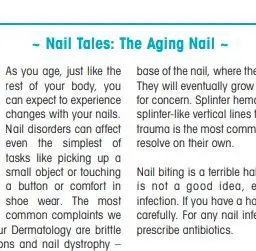Chancroid
Skin Conditions
Chancroid is a sexually transmitted disease caused by the organism Haemophilus ducreyi – a bacteria. The hallmark of this disease is an exquisitely painful ulcer on the genitals. The sexually transmitted infection syphilis may initially present very similarly, but can almost always be differentiated from chancroid on the basis of pain; syphilis is not initially painful while chancroid certainly is.
Chancroid
Skin Conditions
Chancroid is a sexually transmitted disease caused by the organism Haemophilus ducreyi – a bacteria. The hallmark of this disease is an exquisitely painful ulcer on the genitals. The sexually transmitted infection syphilis may initially present very similarly, but can almost always be differentiated from chancroid on the basis of pain; syphilis is not initially painful while chancroid certainly is.
Chancroid is not a common disease in the first world and has its highest incidence and prevalence in areas of developing countries associated with low socioeconomic status. It is highly associated with sex workers and unprotected sex. Fortunately, chancroid is a bacteria and therefore its cure is simple – antibiotics – a single dose of azithromycin, ceftriaxone, or a week of erythromycin is all it takes to cure chancroid. Condoms can be used to help prevent chancroid.
In severe cases of chancroid, a second infection may take advantage of the wound left by Haemophilus ducreyi and cause a double infection. This greatly increases risk of disfiguring scars result from the infection. It’s not impossible but highly unlikely that one would contact chancroid if living in a developed nation. However, any new and persistent skin changes should be evaluated by a dermatologist, especially if they arise on the genitalia. If you are exhibiting signs and symptoms of chancroid, make an appointment with your dermatologist to treat the disease, and prevent any long term sequelae.










